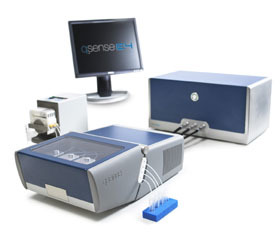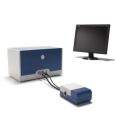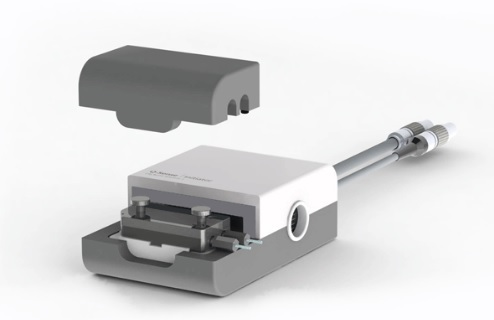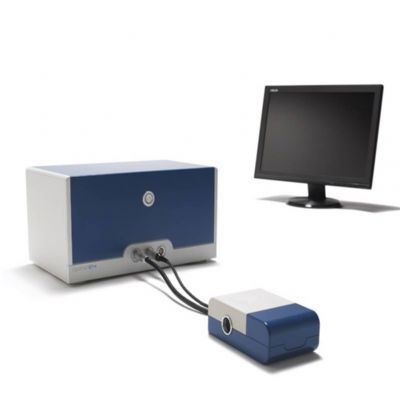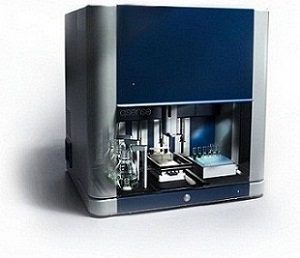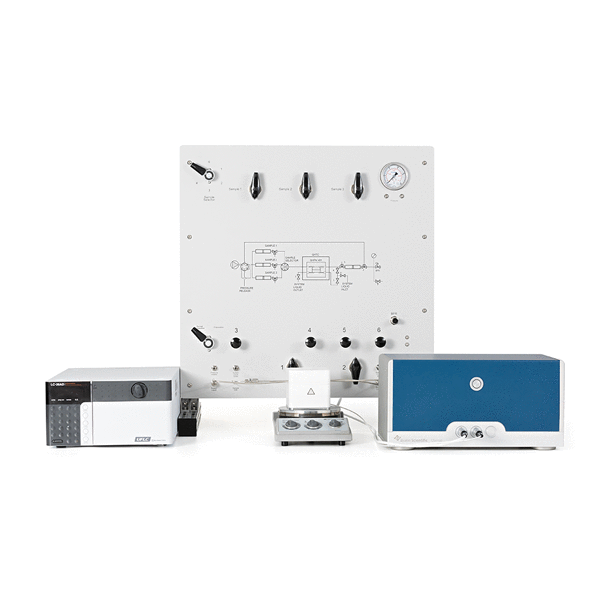自从1992年G. Decher和其同事提出聚电解质多层膜的概念,这种多层膜就因其广泛的应用领域受到了极大的关注。而使用QCM-D这种测试质量精度到ng/cm2的仪器,聚电解质多层膜的自组装过程可以被实时的监测。此外,耗散值对于分析聚电解质多层膜的粘弹性和结构变化也被大量应该,比如监测高分子交联程度。
方案详情

Biolin Scientific[ Progress Together] [Application Note] 23 Monitoring of polyelectrolyte multilayer build up andcross-linking using QCM-D Polyelectrolyte multilayers were introduced by G. Decher and co-workers in 1992and have since attracted extensive attention because of their extraordinary advan-tages in a wide range of applications. The polyelectrolyte multilayers are particu-larly interesting to characterize by QCM-D which is a real-time technique sensitivefor mass changes in the ng/cm²regime.In particular, the monitoring of changes inthe dissipation gives important information about the viscoelastic properties of thepolyelectrolyte multilayer as well as the structural changes induced by, for example,cross-linking reactions. Introduction This application note describes QCM-D data obtained duringthe formation of a polysaccharide polyelectrolyte multilayer. Itis an example of a biomedical application of the polyelectrolytemultilayer approach. These applications are attractive due totheir ease of preparation and the fine control over the materialstructure. A high degree of versatility is also offered, includingthe capability of incorporating high loadings of different typesof biomolecules in the films and adjusting the film robustnessunder ambient and physiological conditions. In particular, naturalpolysaccharides, such as alginate and chitosan, have attractedinterest since they resemble components in the extra cellularmatrix and show good biological properties while being accessibleto chemical modifications. Here, polysaccharide multilayers were created following a protocoldescribed by Alves et all based on alternating deposition of thepositively charged polysaccharide chitosan and the negativelycharged polysaccharide alginate onto gold coated QCM-Dsensors. The resulting multilayer structure is schematicallyshown in figure 1 together with the chemical structures for thepolysaccharides. The experiments were performed using anautomated QCM-D setup (Q-Sense E4 Auto) allowing 18 h longmeasurements including a terminal cross-linking step of thechitosan/alginate multilayer. Measurements were conducted based on the procedure describedby Alves et al. Briefly, 31 layers of chitosan and alginate werebuilt up on a gold coated QCM-D sensor with chitosan as the firstand as the terminal layer. Both polysaccharides were dissolved inpure water to a concentration of 0.5 mg/ml and adjusted to pH ~4 with 100 mM citric acid. Glutaraldehyde (0.5%) was added as across-linking agent after the terminal chitosan layer. 150 mM NaCl was used as rinsing buffer between each deposition. A flow rateof 50 ul/min and temperature of 22℃ was used for all steps inthe measurements. [Figure 1]: a) Schematic illustration of the polyelectrolyte multilayer assemblyof positively charged chitosan and negatively charged alginate on a goldcoated QCM-D sensor. b) Chemical structures of chitosan and alginate. Results and discussion The QCM-D frequency and dissipation shifts during the build-up of 31 alternating layers of the polysaccharides chitosan andalginate are shown in figure 2. Each layer deposition can bedistinguished by stepwise decrease and increase in frequency anddissipation, respectively. Mass changes are related to changes inoscillating resonance frequency, Af, where a negative frequencyshift is equivalent to mass increase. The dissipation, AD, is relatedto the energy dissipation of the crystal oscillation, and a positiveshift indicates a less rigid structure. The relatively small ratiobetween the dissipation and the frequency shifts suggests acontinuous build up of a quite rigid and compact polyelectrolytemultilayer as is expected for these highly charged polysaccharidechains. This rigidity is also reflected in the small separation of the [Figure 2]: QCM-D sensorgram for a typical build up of 31 layers of chitosanand alginate shown for the 5th, 7th and 9th overtones. In the last step, a cross-linking agent was added to the multilayer structure (0.5% glutaraldehyde). frequency overtones. The measurements were performed usingthe E4 Auto setup. The system proved great stability over theentire measurement sequence of 18 hours under constant flowconditions and the magnitudes of each of the deposited layersincreased during the first 6-7 layers to become close to linear forthe additional layers. The characteristics of the deposition weresimilar to the published data on this system including the terminalcross-linking step with glutaraldehyde 1. The action of thecross-linking agent gave only a small dissipation shift and closeto no frequency shift. These small responses were rationalizedin the study by Alves et al, where infrared spectroscopy showedthat only the top chitosan layer was cross-linked. Cross-linkingis an attractive way of controlling the stability of polyelectrolytemultilayers, enabling for example control of cell adhesion,wettability or release of incorporated biomolecules. Conclusions Polysaccharide multilayers of chitosan and alginate weresuccessfully built up using the Q-Sense E4 Auto setup for 18 hmeasurements while allowing minimization of the hands-on timeto approximately 1 hour. The obtained results proved close tolinear build up of 31 layers of a quite rigid structure. Cross-linkingat the end of the experiment had little effect on the QCM-Dresponses and probably only occurred in the top chitosan layer.This study shows the E4 Auto as a reliable and efficient tool forlong-time measurements and enables experimental setups thatwould have been cumbersome to perform by manual samplehandling. Acknowledgements The research leading to these results has received funding fromthe European Union Seventh Framework Programme (FP7/2007-2013) under grant agreement no NMP4-SL-2009-229292 ("Find& Bind"). All measurements leading to the presented data wereperformed by Q-Sense, BiolinScientific AB with valuable inputfrom the 3Bs research group at University of Minho, Portugal. ( References: ) [1] Alves, N.M., Picart, C. & Mano, J.F. Self Assembling and Crosslinking ofPolyelectrolyte Multilayer Films of Chitosan and Alginate Studied by QCMand IR Spectroscopy. Macromolecular Bioscience 9, 776-785(2009). []Q-Sense AN Biolin Scientific[]Q-Sense AN
确定
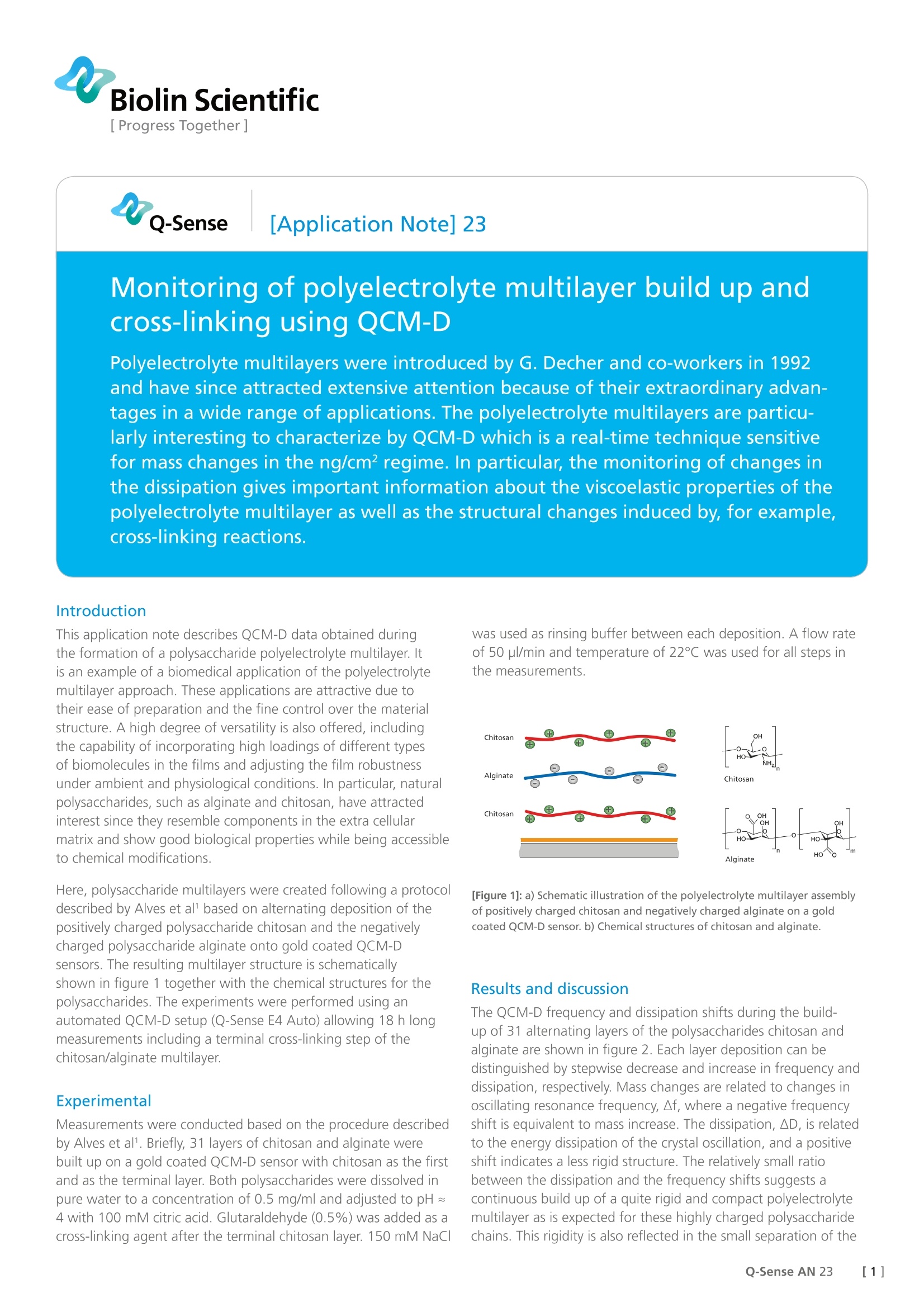
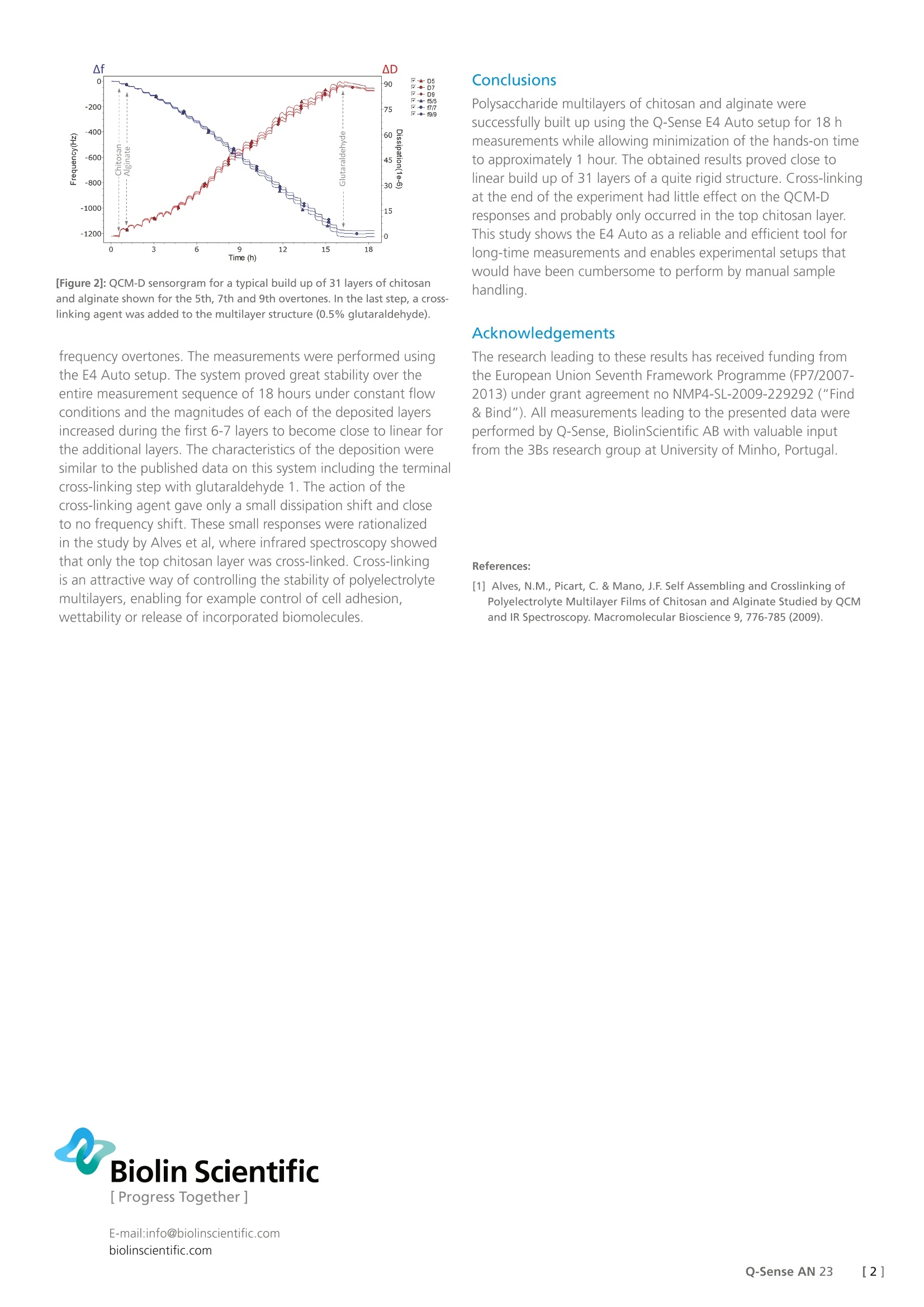
还剩1页未读,是否继续阅读?
瑞典百欧林科技有限公司为您提供《使用QCM-D技术研究聚电解质层层自组装和交联反应》,该方案主要用于其他中--检测,参考标准--,《使用QCM-D技术研究聚电解质层层自组装和交联反应》用到的仪器有QSense卓越版四通道石英晶体微天平、QSense Explorer扩展版石英晶体微天平、QSense全自动八通道石英晶体微天平
推荐专场
相关方案
更多
该厂商其他方案
更多

